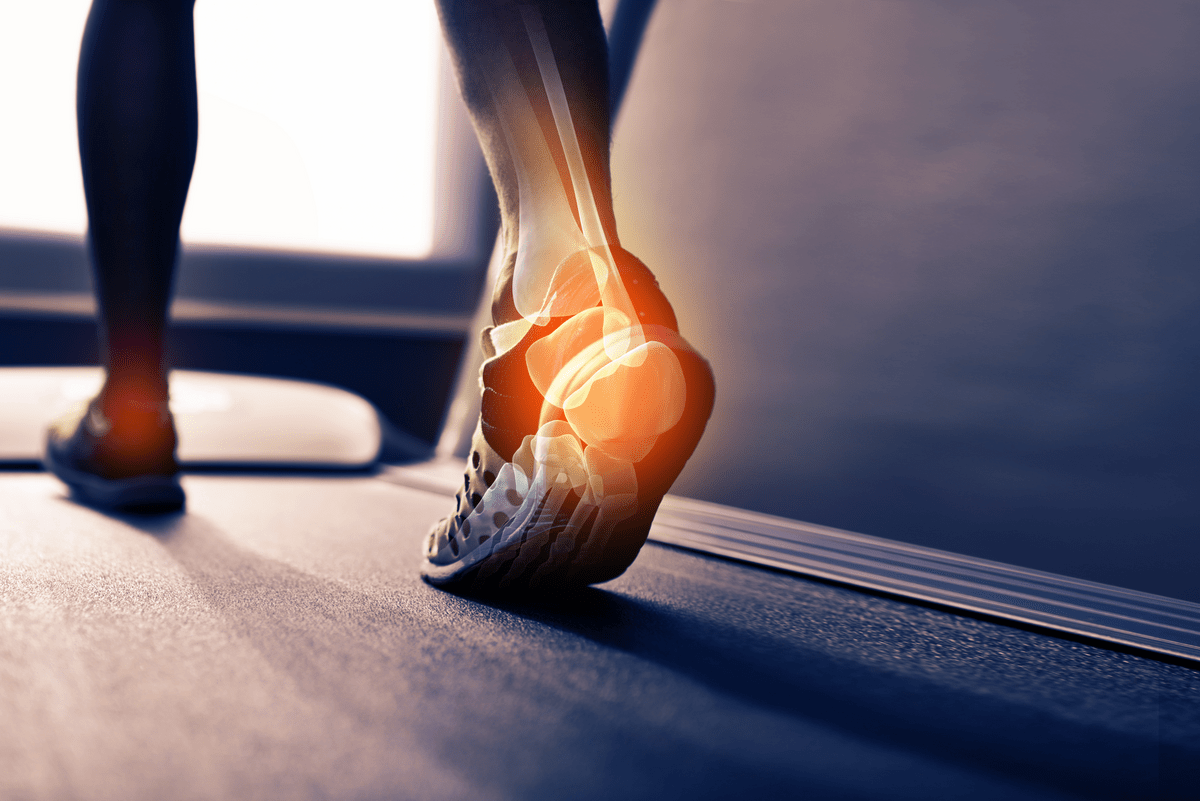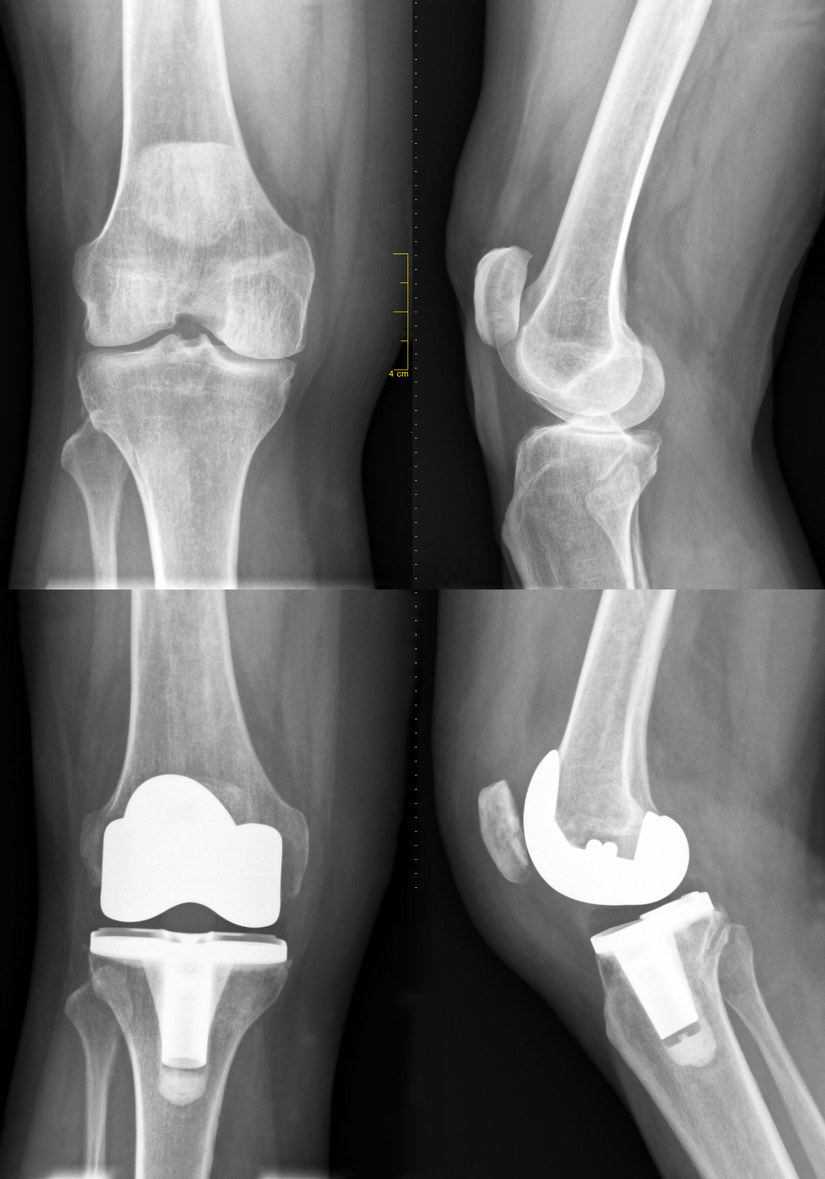If you're someone who squeezes in a game of pick-up basketball, a long bike ride or an intense workout in your spare time—you're what many health professionals call a “weekend warrior.” While staying active is great, jumping into strenuous activities without regular preparation can increase your risk of injury. The good news? Most of these injuries are preventable with a few smart strategies and a little planning.
What Is a Weekend Warrior?
A weekend warrior is someone who exercises or plays sports intensely on the weekends but is mostly inactive during the workweek. According to recent studies, this pattern of inconsistent activity can put stress on muscles, joints and tendons that aren’t properly conditioned for high-impact movements.
"Many people want to make up for lost time with weekend workouts, but their bodies may not be ready for that level of activity,” says Courtney Conklin, M.D., a fellowship trained, board-certified sports medicine physician with Riverside Orthopedic and Sports Medicine Specialists. “That’s when injuries are more likely to happen.”
Most Common Weekend Warrior Injuries
Weekend warriors often experience injuries that involve overuse, sudden movement or poor preparation. Some of the most common weekend sports injuries include:
- Sprains and strains – from overstretching or tearing muscles and ligaments
- Tendinitis – inflammation in tendons, often from repetitive motion, such as patellar tendinitis
- Shin splints – pain in the lower legs from running on hard surfaces
- Knee injuries – including meniscus tears or arthritis flare-ups
- Achilles tendon injuries – from sudden sprints or jumps
- Lower back pain – also known as lumbago, this can occur especially with poor form during lifting or twisting motions
“People don’t always warm up or pace themselves,” Dr. Conklin explains. “That’s a big factor in these types of injuries.”
Top 5 Tips to Prevent Weekend Warrior Injuries
You don’t need to train like a professional athlete to stay injury-free—but a little preparation goes a long way. Here are five recommended ways to protect your body and stay active all weekend long:
1. Make Movement a Daily Habit—Not Just a Weekend Goal
Going from a mostly sedentary week to high-intensity weekend activities puts your body at risk. Muscles, joints and tendons that aren’t used regularly are more prone to strain and injury when suddenly pushed too hard.
Try this:
- Take a brisk walk during lunch breaks.
- Stretch for 5–10 minutes each morning or evening.
- Do short workouts (even 15–20 minutes) two to three times during the week.
“Even a small amount of movement during the week can make a big difference in how your body handles physical activity,” says Dr. Conklin.
2. Always Warm Up and Cool Down
Skipping a warm-up is one of the fastest ways to end up sore—or worse, injured. Warming up prepares your muscles and joints for exercise, while cooling down helps reduce tightness and supports faster recovery.
Before your workout:
- Do light cardio like jumping jacks or walking for 5–10 minutes.
- Add dynamic stretches such as leg swings, lunges or arm circles.
After your workout:
- Stretch slowly, holding each position for 15–30 seconds.
- Focus on the areas you used most during your activity.
Warming up increases blood flow to muscles and primes the nervous system, while a proper cool-down helps prevent stiffness and soreness.
3. Build Up Gradually and Pace Yourself
Whether you’re running a 5K, playing tennis or doing yard work, it’s tempting to go all out—but it’s safer and more effective to build your endurance and strength over time. Overdoing it too soon can lead to pulled muscles, joint pain or overuse injuries like tendinitis.
Tips to keep in mind:
- Increase your workout intensity or duration by no more than 10% per week.
- Alternate between high- and low-impact activities to give your body a break.
- Don’t push through sharp pain—listen to your body’s signals.
4. Use the Right Gear—Especially for Your Feet
Supportive shoes and sport-specific equipment can help prevent falls, strains and joint stress. Footwear, in particular, plays a huge role in alignment and injury prevention.
Check your gear:
- Replace athletic shoes every 300–500 miles or every 6–12 months.
- Choose shoes based on your activity (running shoes for running, court shoes for tennis, etc.).
- Wear braces, pads or compression gear if recommended for past injuries or joint support.
Wearing the right gear may not seem exciting, but it’s one of the easiest and most effective ways to protect yourself while staying active.
5. Stay Hydrated, Eat Smart, and Rest When Needed
Nutrition and rest are just as important as stretching and technique. When your body is under-fueled or dehydrated, it’s more likely to cramp, fatigue quickly or get injured.
Before, during, and after activity:
- Drink water throughout the day, not just during your workout.
- Eat a balanced meal with protein and carbs 1–2 hours before physical activity.
- Get 7–9 hours of sleep each night to support muscle recovery and injury prevention.
If you feel sore or unusually tired after weekend activity, take it easy the next day or two. Recovery is part of training—and it helps you stay in the game long-term.
Don’t Ignore the Signs—Get the Care You Need
Even with the best preparation, injuries can still happen. If you experience pain, swelling or limited movement after physical activity, don’t wait it out—early treatment can prevent the problem from getting worse. Schedule an appointment with a Riverside Orthopedic and Sports Medicine Specialist who can evaluate your injury, provide a personalized treatment plan and help you get back to doing what you love—safely and confidently.



